Описание
Введение
Неинтрузивный индикатор скребков служит эффективным инструментом для мониторинга операций скребков в нефте-, газо- или водопроводах. Его адаптируемая и удобная для пользователя конструкция обеспечивает легкую установку и демонтаж в соответствии с требованиями различных спецификаций трубопроводов. Этот индикатор работает путем простого крепления к внешней стенке трубопровода, решая проблемы, связанные с механической неисправностью, отсутствием взрывозащиты и неточностями обнаружения. Более того, он эффективно устраняет электронные помехи, которые часто приводят к ложноположительным и ложноотрицательным результатам, обеспечивая надежную и точную работу.
Состав неинтрузивного индикатора свиней
Неинтрузивный индикатор скребка оснащен взрывозащищенным механизмом дистанционного индикации передачи (ТЗС). Этот механизм оснащен ЖК-дисплеем с функцией нагрева, может записывать время прохождения и сохранять в памяти до 99 раз. Он также поддерживает дистанционную передачу, имеет класс взрывозащиты Exd IICT6 Gb и уровень защиты IP65. Кроме того, устройство включает в себя чувствительный механизм YY-FCT, механизм загрузки съемной карты, соединительный провод и удлинитель, обычно используемый для подземных трубопроводов.
В основе неинтрузивного индикатора Pig лежит его основной сенсорный механизм. Этот механизм состоит из направленно-индукторной схемы, схемы балансного усилителя, схемы фильтра нижних частот и схемы триггера. Он также включает в себя центральный процессор, соответствующую схему дистанционного переключения, схему дисплея и схему сброса, которые работают согласованно, обеспечивая эффективную и действенную работу детектора.
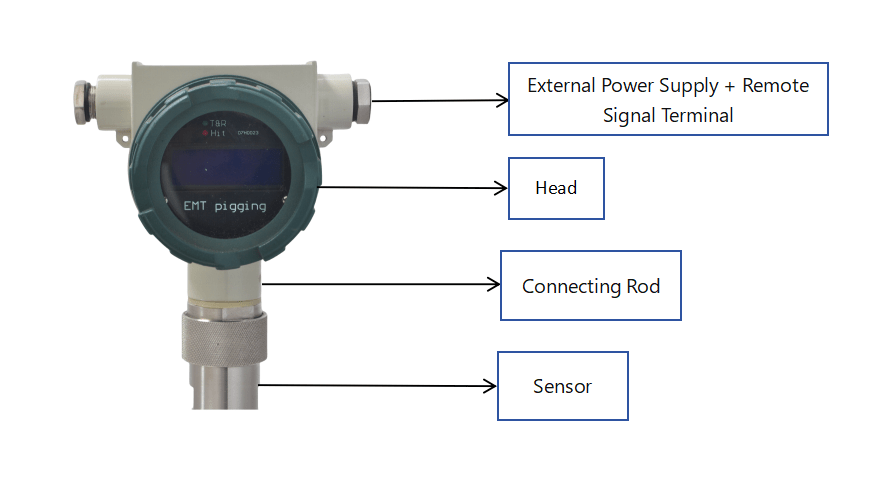
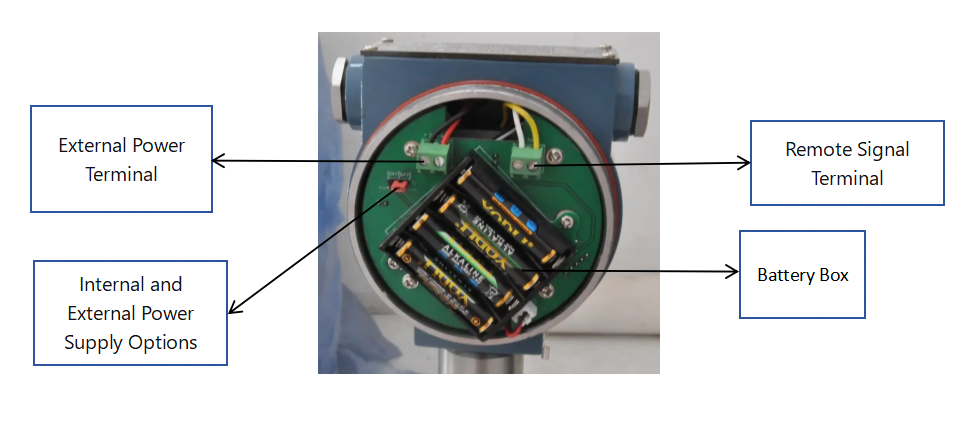
Интерфейс проводки устройства расположен в правой части экрана и обычно содержит четыре провода. Черный и красный провода — это силовые кабели, которые можно подключить к источнику питания постоянного тока с напряжением от 6 до 24 В (красный провод — положительный, а черный — отрицательный). Эти провода также позволяют переключать режимы внутреннего и внешнего электропитания.
Остальные два провода служат портами для кабелей удаленного сигнала. Белый провод действует как общая клемма, а желтый провод нормально разомкнут. Если для проверки открытого состояния используется мультиметр, стандартные сигнальные кабели следует подключать только к общим и нормально разомкнутым клеммам.
Интерфейс питания и интерфейс удаленной передачи имеют размер M20*1,5 или 1/2NPT, а интерфейс конверсионного разъема представляет собой внутренний разъем 3/4NPTF.
Принципы работы неинтрузивного индикатора свиней
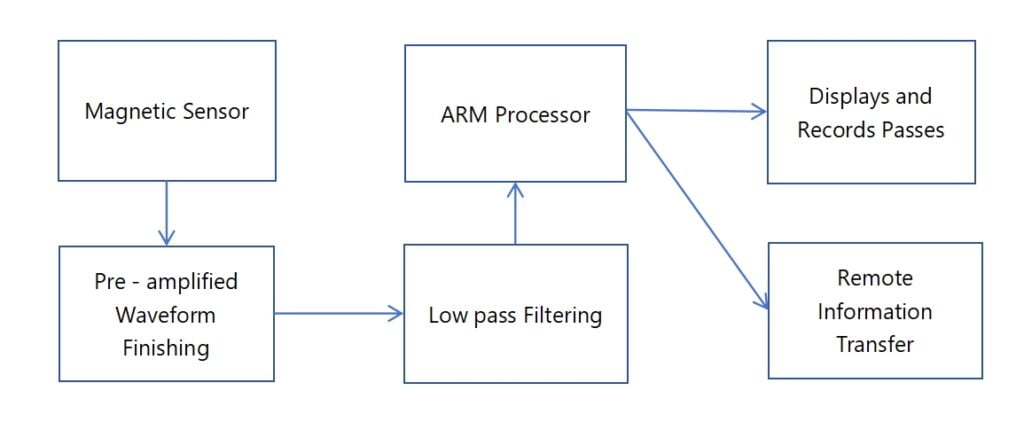
Неинтрузивный индикатор Pig работает посредством тщательно разработанного процесса. Все начинается с магнитного датчика — важнейшего элемента, который фиксирует изменения магнитного поля при прохождении скребка по трубопроводу. Эти необработанные магнитные данные затем отправляются на этап предварительной обработки сигнала, который улучшает качество сигнала за счет устранения шума и ненужных данных. Улучшенный сигнал затем подвергается фильтрации нижних частот — процессу, который дополнительно уточняет сигнал, удаляя высокочастотные компоненты и сохраняя важную низкочастотную информацию. Отфильтрованный сигнал обрабатывается процессором ARM, мощным и эффективным компонентом индикатора, который интерпретирует данные и определяет наличие и характеристики скребка. Затем окончательная информация отображается и записывается для дальнейшего использования, создавая запись о проходах скребка по трубопроводу. Каждый шаг в этом процессе способствует высокой точности и надежности неинтрузивного индикатора скребков.
Параметры неинтрузивного индикатора Pig
| Число | Проект | Параметры |
| 1 | Применимая температура | -39,8°С/80°С |
| 2 | Применимая влажность | 41%~83% |
| 3 | Направление обнаружения | Двунаправленный |
| 4 | Тип датчика | Магнитная индукция |
| 5 | Тип переключателя сигнала | SPDT |
| 6 | Точность обнаружения | ±2 с |
| 7 | Диапазон скоростей прохождения свиней | 0.1-20М/с |
| 8 | Контактная емкость | 3А |
| 9 | Тип сброса | Автоматический |
| 10 | Тип кабельного разъема | M20*1,5、1/2NPT F |
| 11 | Класс взрывозащиты | Exd IICT6 ГБ |
| 12 | Рейтинг защиты | IP65 |
Установка неинтрузивного индикатора скребка
Начните процесс с закрепления неинтрузивного индикатора скребка на трубопроводе.
Выберите подходящий механизм загрузки карт (зажим) в зависимости от характеристик конвейера. Надежно зафиксируйте этот механизм в необходимом положении. Обратите внимание: для трубопроводов с теплоизоляционным слоем убедитесь, что во время монтажа чувствительный механизм прикреплен непосредственно к металлической стенке трубы (см. схему установки зажима). Процедуры изоляции следует выполнять только после установки. При временном использовании устройство можно установить непосредственно на изоляционный слой.
Активация режима мониторинга
После того, как источник питания правильно установлен и выбран с помощью перемычки, счетчик начинает работу. Он отображает текущее время, начинает процесс калибровки, автоматически определяет начальный порог, а затем активирует режим мониторинга, чтобы начать мониторинг свиней.
Чтобы гарантировать надежную работу, рекомендуется один раз вручную запустить функцию обнаружения, нажимая соответствующую кнопку перед каждым сеансом мониторинга. Это гарантирует, что устройство полностью откалибровано и готово к точному обнаружению свиней.
Рекомендации по установке и использованию
- Во время установки не ударяйте по окну дисплея тяжелыми предметами. Не подносите магнитные материалы близко к датчику.
- Обнаруживаемый скребок должен быть оснащен магнитным блоком. В противном случае его следует установить с использованием прилагаемых дополнительных деталей. Место установки должно исключать столкновение с трубопроводом и может располагаться в средней или задней части конструкции скребка.
Если позволяет место, можно сложить больше магнитных блоков и установить на скребок (для толщины 5 мм требуется минимум два блока). - При установке магнитного блока на скребок убедитесь, что круглая плоская поверхность магнитного блока параллельна направлению основания датчика и оси трубопровода (фактический угол хода учитывать не обязательно). В качестве альтернативы магнитный блок также можно установить перпендикулярно основанию датчика и оси трубопровода. Чтобы улучшить способность восприятия магнитного сигнала, установите магнитный блок так, чтобы полюс S находился на переднем конце работы скребка, а полюс N (сторона с установленной цековкой) находился на заднем конце работы скребка.
- Для трубопроводов большего размера рекомендуется использовать несколько магнитных блоков вместе. Например, два блока можно использовать для конвейера 508, а три блока можно склеить вместе для конвейера 813.
Заключение
Неинтрузивный индикатор скребков — это высокоэффективный и надежный прибор, предназначенный для мониторинга операций скребков в нефте-, газо- и водопроводах. Его конструкция одновременно удобна для пользователя и адаптируема, что позволяет избежать распространенных проблем, таких как механические неисправности, отсутствие взрывозащиты и неточности обнаружения. Встроенные части устройства, такие как взрывозащищенный дистанционный дисплей и сложная система датчиков, работают вместе, обеспечивая его правильную работу.
Процесс установки устройства прост, требует особого внимания, чтобы не повредить окно дисплея и не повредить датчик. Для обеспечения оптимальной работы контролируемого скребка требуется магнитный блок, а для трубопроводов большего размера рекомендуется использовать дополнительные блоки. В целом, неинтрузивный детектор скребков является примером технологического прогресса в трубопроводной отрасли, повышающего эксплуатационную эффективность и безопасность.

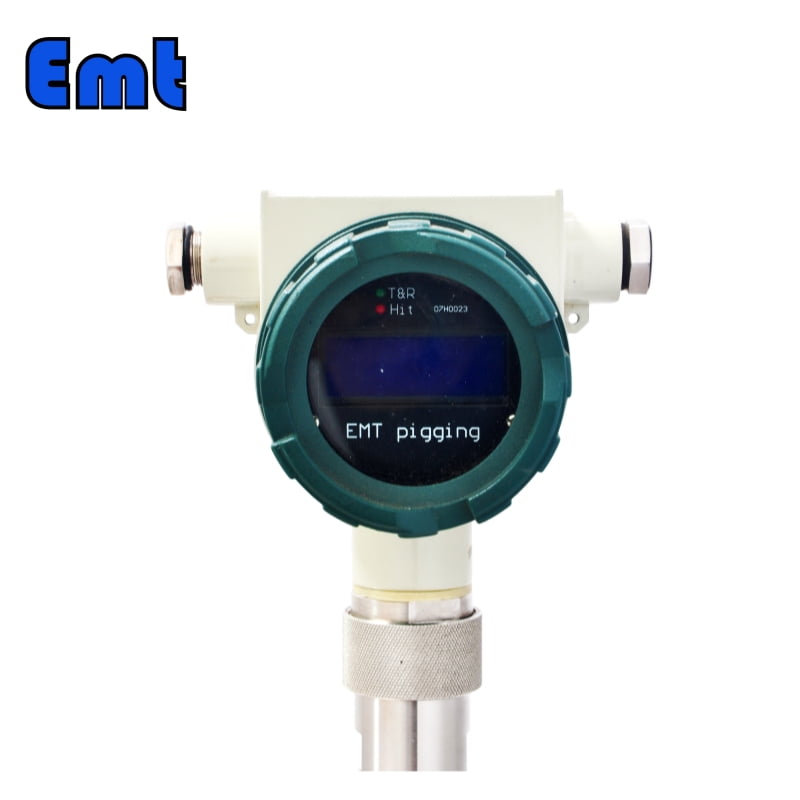
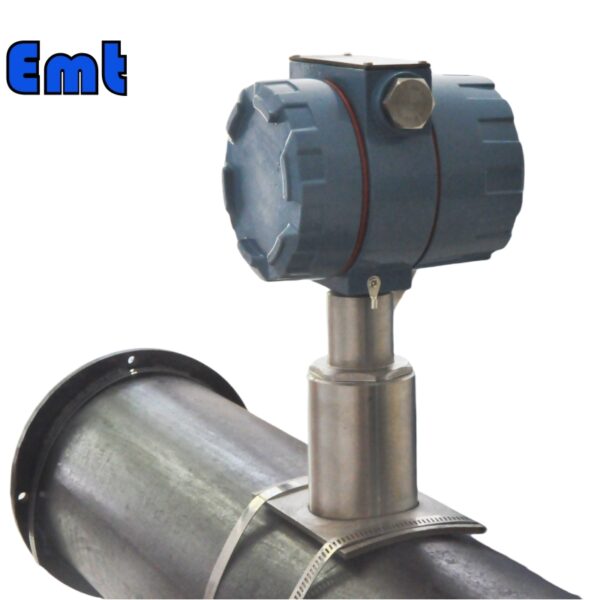
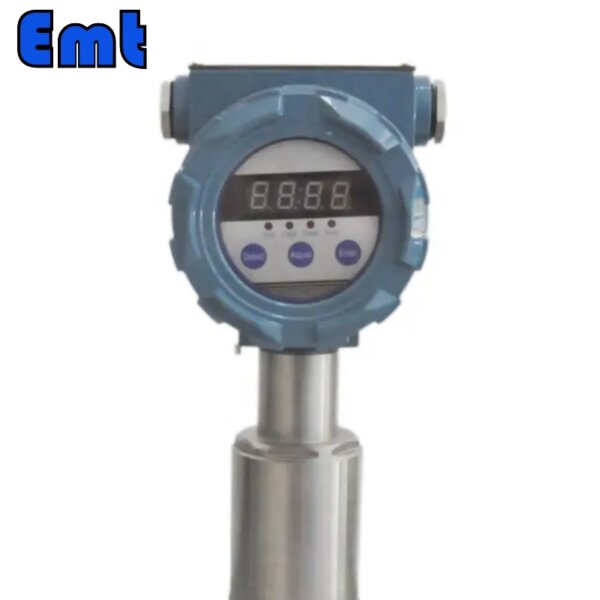
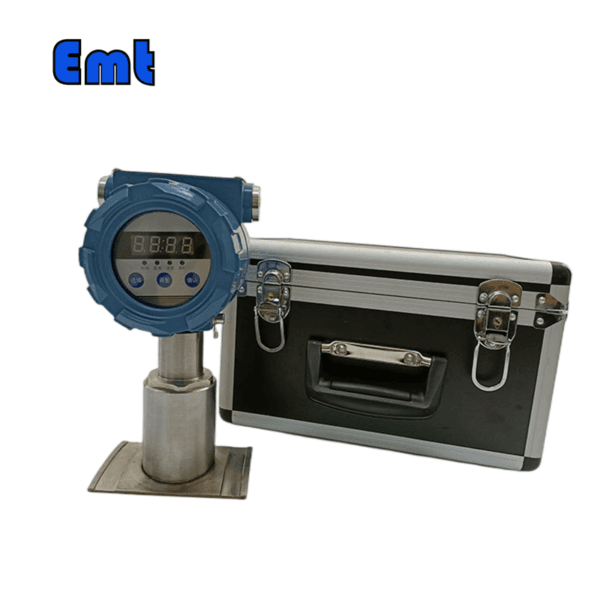
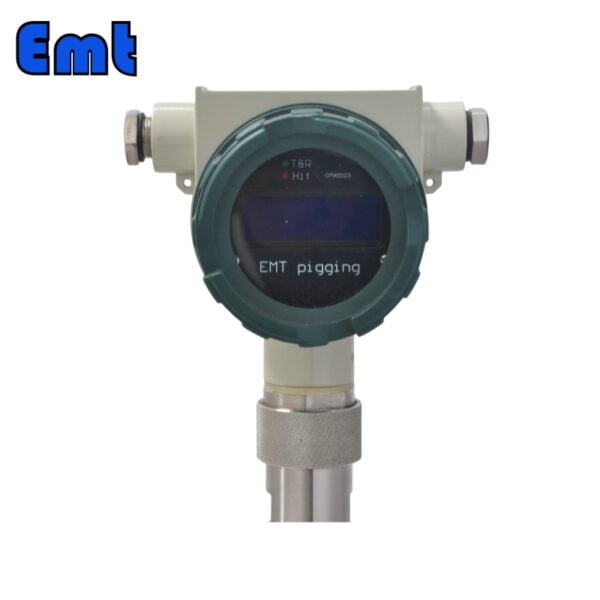
Отзывы
Пока нет отзывов.